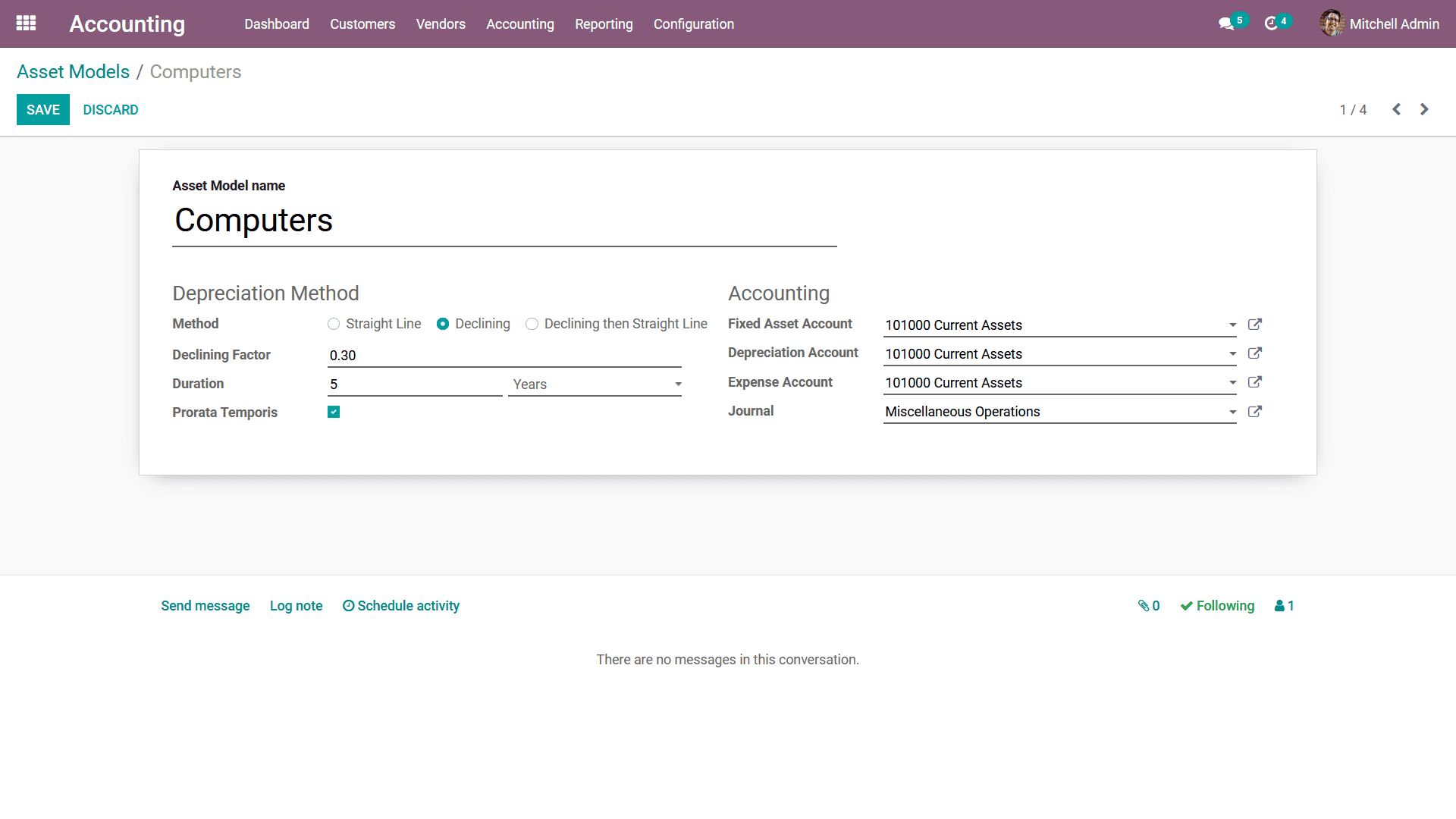Management Options
One of the vital aspects of accounting operations is its management as without your
financial operations it will be going downhill. Therefore, the need for management
as well as controlling tools regarding accounting operations is vital in a finance
management software solution. With the proper tools of management and controlling
tools, you will have definite operational prospects for the operations of the aspects
of the financial aspect of the company.
Odoo is a prominent tool used by many organizations for the aspects of financial
management as well as the entries organizational management has dedicated tools
that support the financial operations of the company. Dedicated and well-crafted
management, as well as control tools available in the Odoo Accounting module, will
redefine the finance management of your company. These tools and options are well
crafted to support any form of control and management initiated by the finance management
team of the company. Let's have a look at the various Management options available
under the Configuration tab of the accounting module.
Asset Models
The management of the Assets that you have under the company is of vital importance
rather than obtaining new ones. Moreover, per the estimates depicted by various
studies conducted on business all around the world also indicated that it's better
to manage the on-hand assets effectively rather than hunting and attaining new ones.
The Odoo Accounting Module supports the operations of the Asset management with
the help of the Asset Models menu where the different Assets of your company can
be defined. The definition of Asset Models in Odoo will be a helpful feature in
the operations of the Asset management of the organization. Moreover, the Asset
models will help to define the Assent entries based on the respective Asset model
configuration which are being provided. Therefore, helping the users of the Odoo
platform with effective Asset creation and its management.
The dedicated Asset Models menu can be accessed from the Configuration tab of the
Accounting module under the Management section. Here all the Asset Models will be
defined as depicted in the following screenshot. Here the Asset Name, Fixed Asset
Account, Method of depreciation, Number of Depreciation, and Period Length will
be depicted. You also have Filtering as well as Group by options available helping
you to filter out as well as sort of the required Asset Model. Furthermore, to create
new Asset Models you can select the Create option available, and you can also Edit
the existing Asset Models by selecting it.

In the Asset Models creation window, you need to provide a Name to the Asset Model
and further configure the operational aspects of it. The Depreciation Method options
of the Asset Models such as the Method sound be defined as either Straight Line
or Declining, or as Declining then Straight Line. Moreover, the Declining Factor
along with the Duration of the decline should be depicted in either Years or Months.
In addition, you can enable the Prorata Temporis options available in the configuration
menu which will ensure that the Depreciation of the asset starts for the entry date
of the Asset Models or it can be said as the purchase date as it entered into the
database on the same day.

Additionally, there are management options under the Accounting aspects of the Asset
Models here you can define the Fixed Asset Account, Depreciation Account, Expense
Account, and Journal from the drop-down menu available. Here all the Accounts as
well as the Journals that have been defined in the platform are depicted to choose
from. You can also add the Followers to the Asset Models as well as add the attachment.
All the changes made to the Asset Model are depicted in the Log note and you have
the provision to Schedule an activity with the followers regarding the Asset Model
which can be done concerning a Calendar which will be depicted to you once you select
to schedule an activity. To send information to the followers you can select the
Send Message option that is available in the menu.
As we are clear on the Asset Models and how they can be defined and managed in the
Odoo Accounting module let's now move on to the next management menu option the
Deferred Revenue Models of the Odoo finance management in the following section.